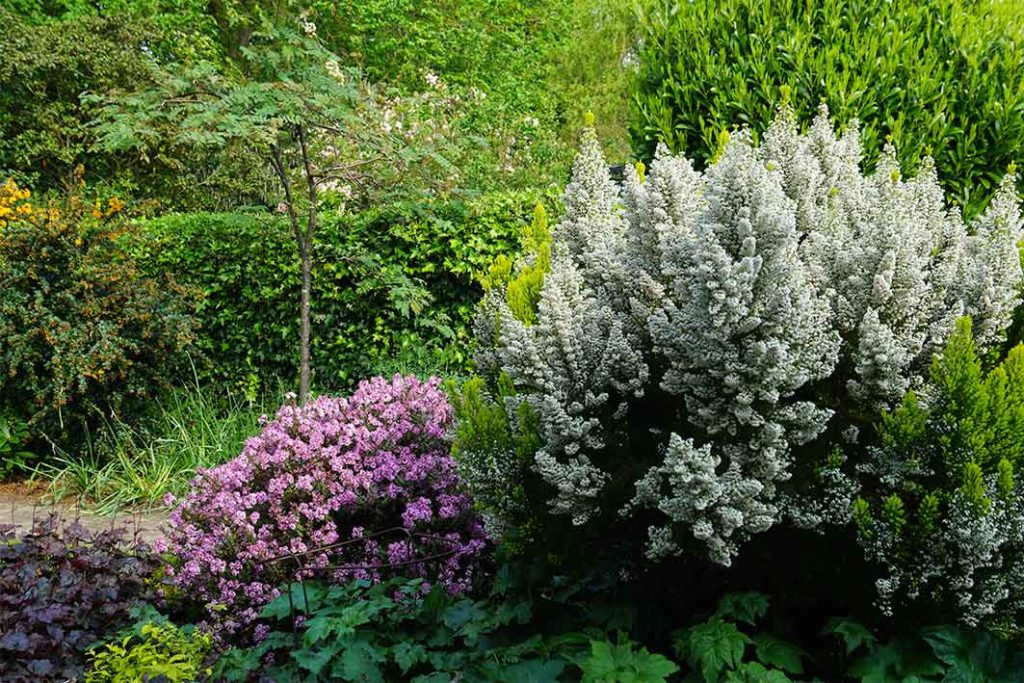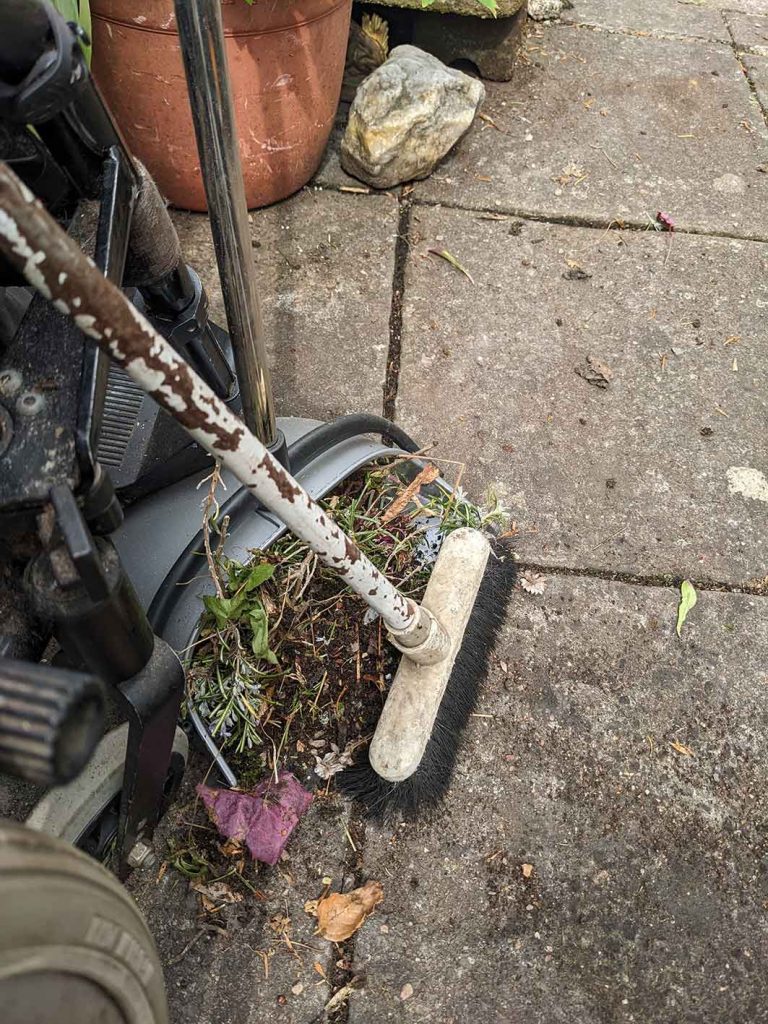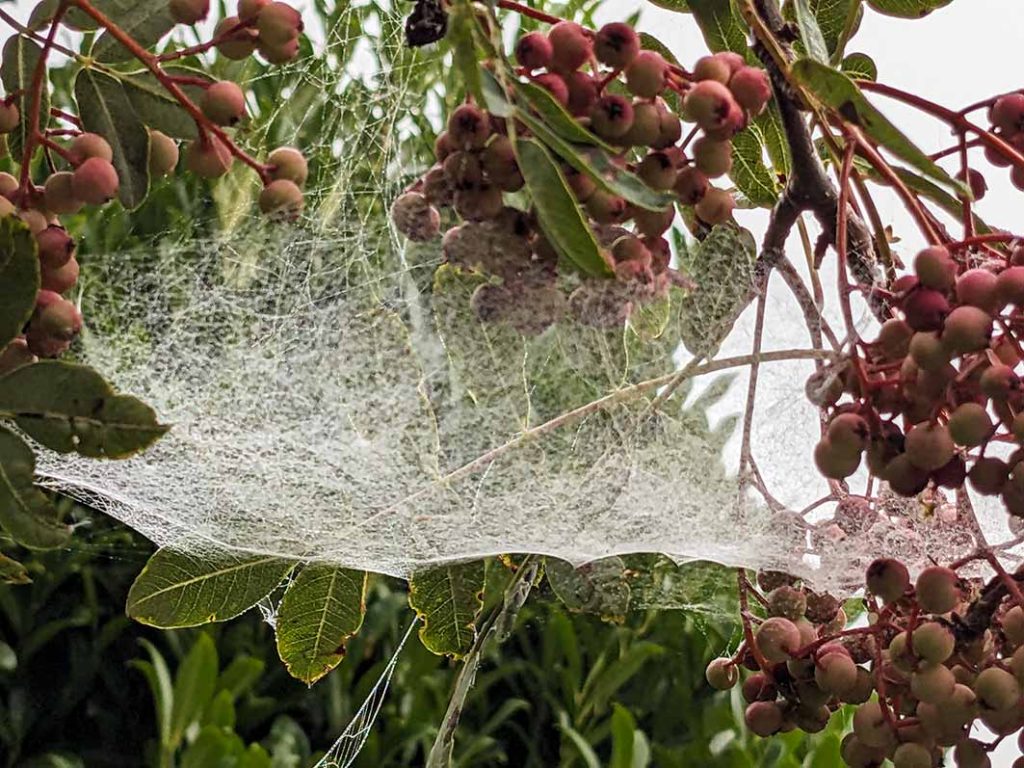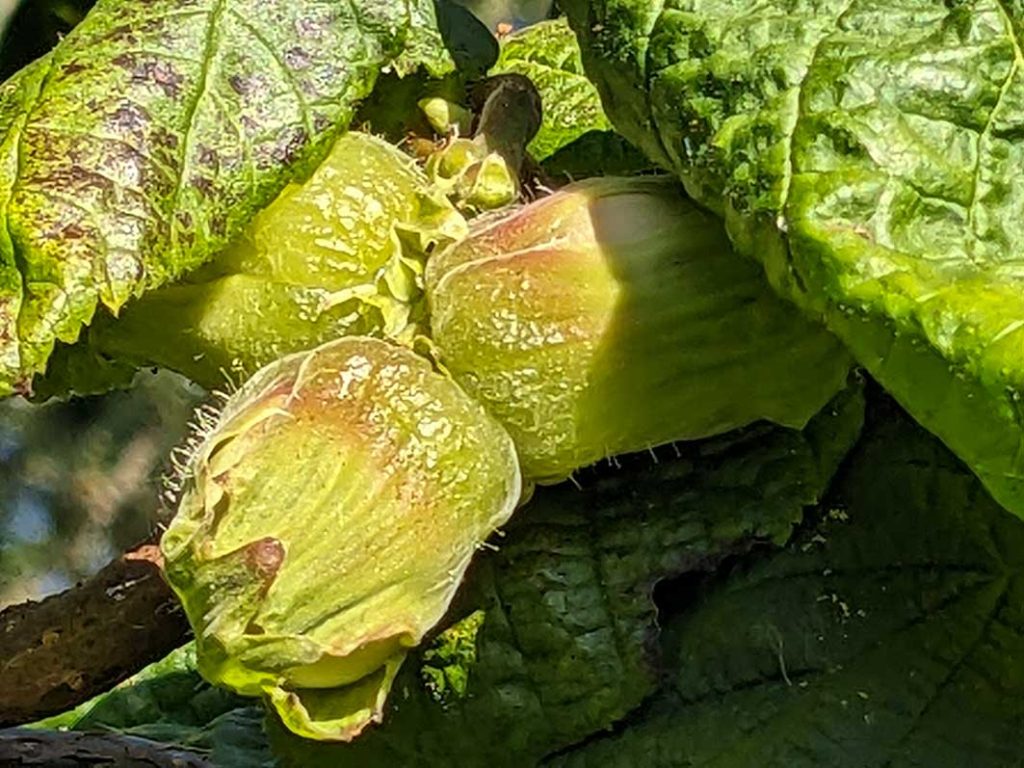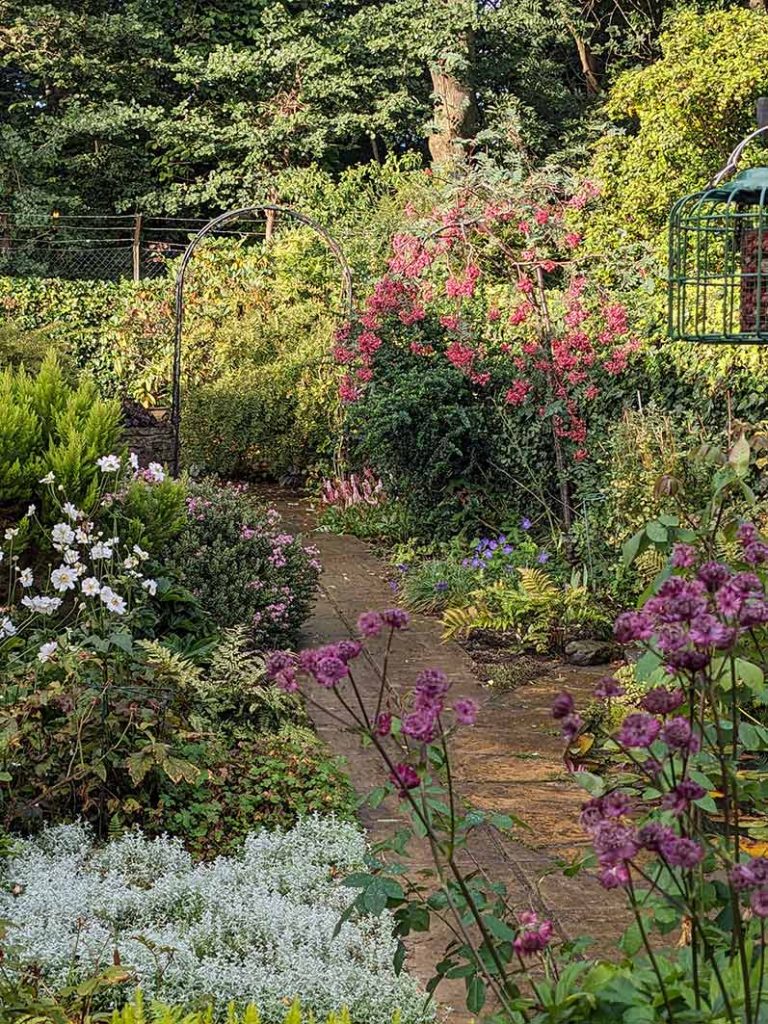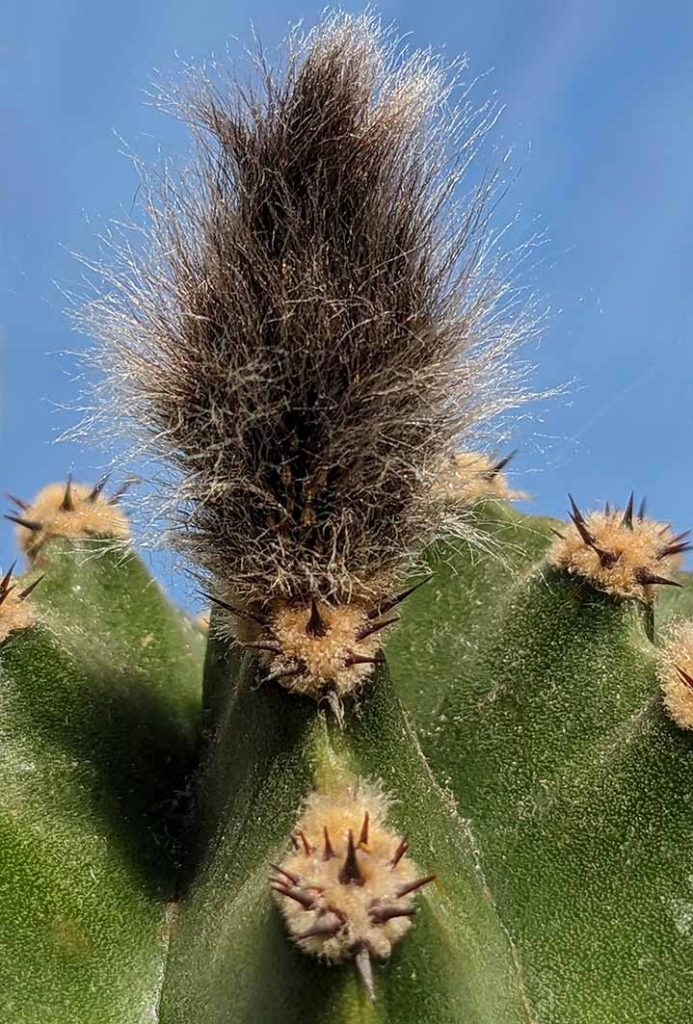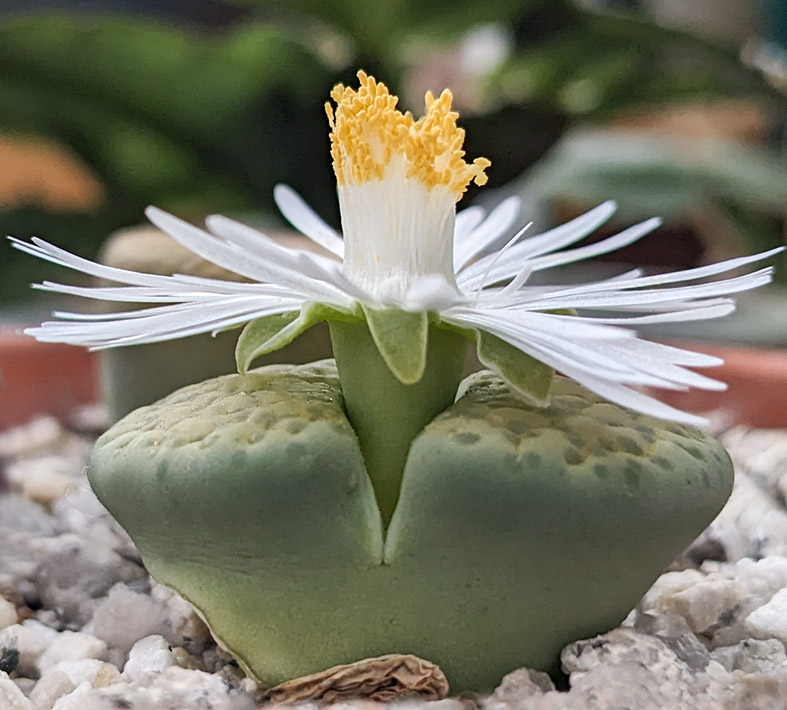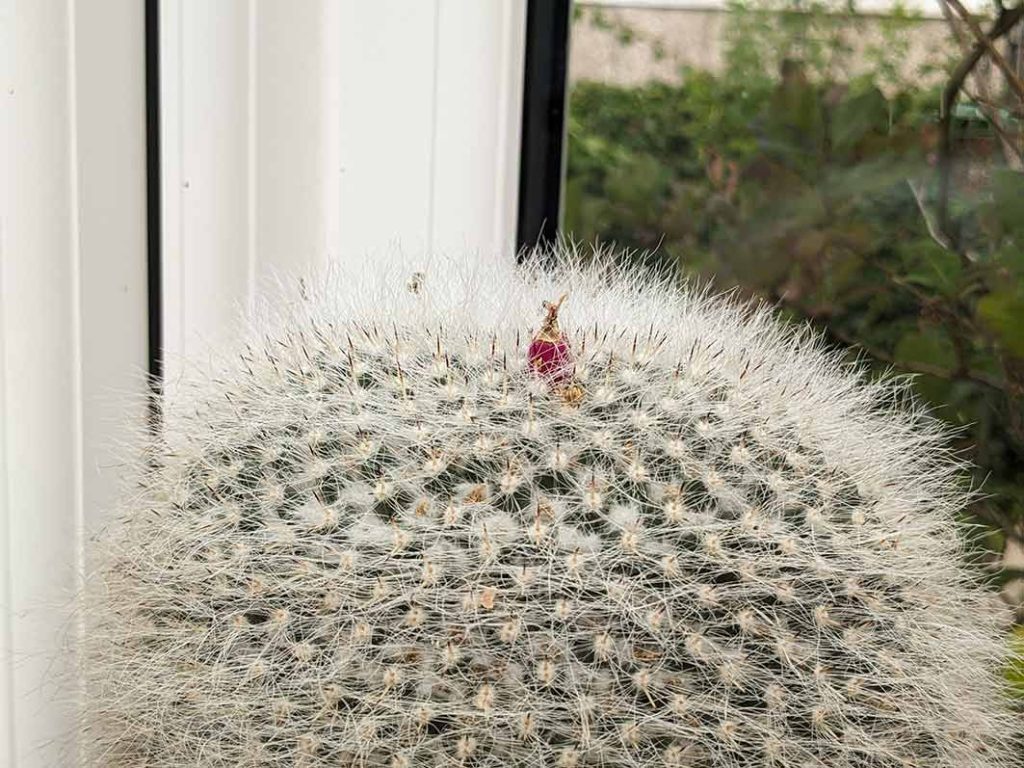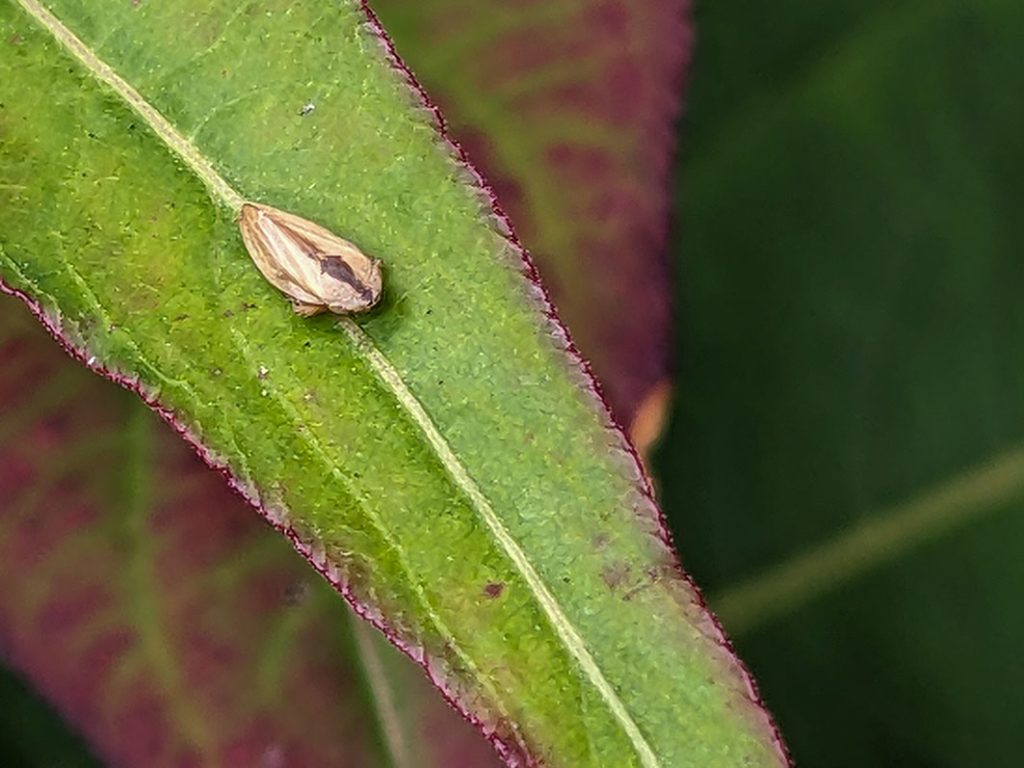After a couple of lovely sunny days the garden is becoming lush. The weeds have shot up along with everything else. The wet weather has been good for some plants like the candelabra primulas, the roses and the rhododendron. I tried moving three of the primulas over from the pond overflow area to the damp corner by the ramp. Only one survived, two were completely destroyed by slugs. A bit like the Achillea millefolium ‘Lilac Beauty’ I have been trying to establish near the pond last year. The slugs got one so I potted up the surviving two and put one pot in a different area of the garden and the other pot on the patio table. The one in the garden only just survived overnight whilst the one on the table is still great. The patio table is becoming a nursery for sick plants. I have now put the damaged one on the patio to see how it does there.


Some primula get ravaged by slugs but some are spared and I don’t know why. The white primula snowflake don’t get much damage at all and they spread freely but my primula apple blossom gets some damage but doesn’t spread freely. The primula denticulata, veris and vulgaris just get the odd nibble, vialii have disappeared.

Another area which has loved the rain is the raised garden. We pruned the viburnum and syringia last year (and a bit the previous year) so sacrificed some flowers this year but they are looking better. I might take out the Zepharin drouhin rose entirely as it is always a bit hit and miss there. The beautiful acer is now swamping the blue hardy geranium so I may have to find a new spot in the garden for the geranium.


Along the back wall the pink hardy geranium is looking good next to the dark leaves and pink flowers of the Sambucus nigra f. porphyrophylla ‘Eva’ . The Generous gardener rose growing over the arch has been teasing us for a few weeks with all the lovely buds but yet to open.


In the pond the number of tadpoles appears to be depleted. I thought maybe the newts had eaten them all but some folk have said that they may just have found better hiding places since there are more predators about. I still haven’t found a good flat headed flowering plant to go beside the pond – they all just get eaten by the Spanish slugs. The little iris versicolour Gerald Derby that hasn’t flowered for a couple of years has just started to flower again – yeah! I had been thinking of pulling it out. It isn’t all that showy but it is pretty and dainty.

In the conservatory my lithops are splitting. Sometime lithops split into two and sometimes into four. Mine are splitting into four new leaves.


I took the very scary decision to chop my aeonium. I didn’t want it to get too tall as the head is very large and also they look better when viewed from above. I really hope it survives the chop and I potted up bits of the stalk too so you never know, I may get a few if I am lucky.

The furry Kalanchoe tomentosa ‘Dorothy Brown’ flowered this year but I kept waiting for the flowers to open up more before I took a photograph not realising that they didn’t open any wider so now I will have to wait till next year to get a photo of the furry flowers.
As I said in a previous post my Nepeta Junior walker drowned in the very wet autumn/winter/spring that we had so I ordered three new ones form Crocus. They have never let me down before but this time they did. They sent one lovely looking plant, one not so good, and one diabolical plant. Who thought it was ok to package these and send them out? I complained and was offered either a refund or a replacement. I asked for a replacement (big mistake). The replacement plant didn’t have a single leaf. To be fair – the rest of my order was ok (although they could have been in better condition). I am now going to try and buy plants in person whenever possible. I do still have a few good nurseries mail order to buy from.


Let’s end on a good note: the bees and other pollinators are loving the rhododendron. the deutzia, saxifrages, chives, honey lilies and all of the hardy geraniums and primulas. Soon the Generous gardener will erupt in beautiful flowers. The other roses have started to bloom and smell gorgeous (although we didn’t get round to pruning this late winter so they look a bit more straggly than usual. The sun has just come out.










